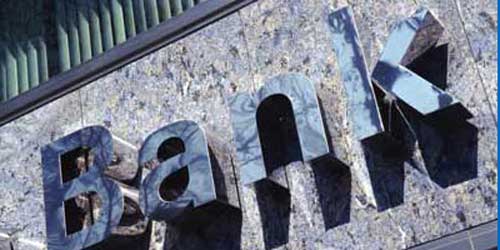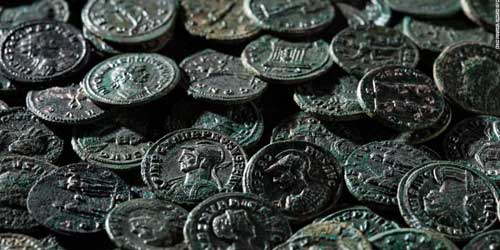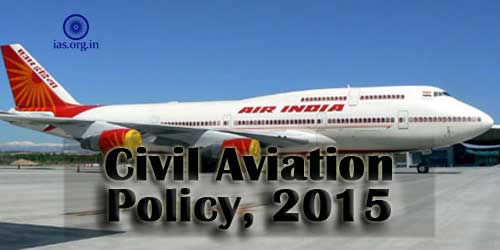According to National Income committee, “National Income (NI) is the value of goods and services produced in an economy during a given period without duplication”. Four things must be kept in mind regarding this definition:
- It is measured in terms of money
- The value of goods and services must be counted only once. Therefore, only the value of final goods and service (and not the intermediary goods) are used while calculating National Income.
- The value of goods and service produced previously is not included in NI.
Since 1955, Central Statistical Organization (CSO) has been estimating National Income for the country. The Central Statistical Organization has divided the whole of the economy into 3 broad sectors for the purpose of calculating NI.
Read Also: Method of Measuring NI (National Income)
3 broad sectors for the purpose of calculating NI
These sectors are as follows:
Primary Sector
This sector is further divided into following subparts – Agriculture, Forestry, Fishing, Mining, and Quarrying.
Secondary Sector
This sector is further divided into following subparts – Manufacturing, Power generation, Gas, and water supply
Tertiary Sector
This sector is further divided into following subparts – Transport, Communication & Trade, Banking, Insurance, Public administration, Defense and External Trade.
National Income does not include data from
- Income from illegal activities like smuggling, gambling
- Income from work done without remuneration like that performed by housewives
- Black money
You May Also Love to Read: The Goods and Services Tax (GST)
Measures of National Income
- Gross Domestic Product (GDP) – GDP is the measure of National Income, within the political boundary of a country by nationals or non-nationals.
- Gross National Product (GNP) – GNP is calculated as follows:
GNP =GDP + Net factor income from abroad
Net factor income from abroad = Factor income received by Indian national from abroad – Factor income paid to foreign nationals from India - Net National Product (NNP) – NNP is calculated as follows:
NNP = GNP – Depreciation - Net National Product (NNP) at factor cost (or NI) – NNP at factor cost is calculated as follows:
National Income = NNP – Indirect Tax (Value Added Tax) + Subsidies - Personal Income – In order to calculate Personal Income, we need to deduct from the income of household which is not actually received by them. Thus, Personal Income is calculated as follows:
Personal Income = National Income – Social contribution – Corporate Income Tax – Undistributed corporate profit + Transfer Payment - Disposable Income – Disposable Income is calculated as follows:
Disposable Income = Personal Income – Personal Tax
Don’t Miss: Elements of Economics
Methods of Calculation of National Income
- Output or Production Method – This method is also called as the value-added method. According to this method, the net value of all the production that has occurred in the three sectors of the economy is added to arrive at National Income.
- Income Method – According to this method, the NI is calculated by adding up the income earned by each individual of the country. This includes wages and salaries of employee, profits earned by the entrepreneurs and self-employed, rent, interest on capital etc.
- Expenditure Method – According to this method, the National Income is calculated by adding up the expenditures made by the individuals, households, business enterprises and government.
Also Read: A Company – Definition, Features, Types and Companies Act
Limitation of National Income
- Difficulty in measurement – There is no general consensus up on certain areas that hinder the calculation of National Income. For example – It is matter of debate whether one should include the value of housewives’ service in the calculation of NI or not. Similarly, it is also a matter of debate whether the consumption of food grain for household usages should be included in the calculation of National Income or not.
- Because of illiteracy, most producers do not keep a track of their output. Moreover, they don’t have adequate knowledge about the market value of output. This makes the task of calculation of National Income very difficult.
- The lack of occupational specialization also makes the task of calculation of NI very difficult. An individual may earn partly from ownership, partly from agriculture and partly from industry.
- In India, a large portion of agriculture and industry is still unorganized. This makes the calculation of National Income subject to guess work as such makes the data unreliable.
You May Also Read: Elements of the State






